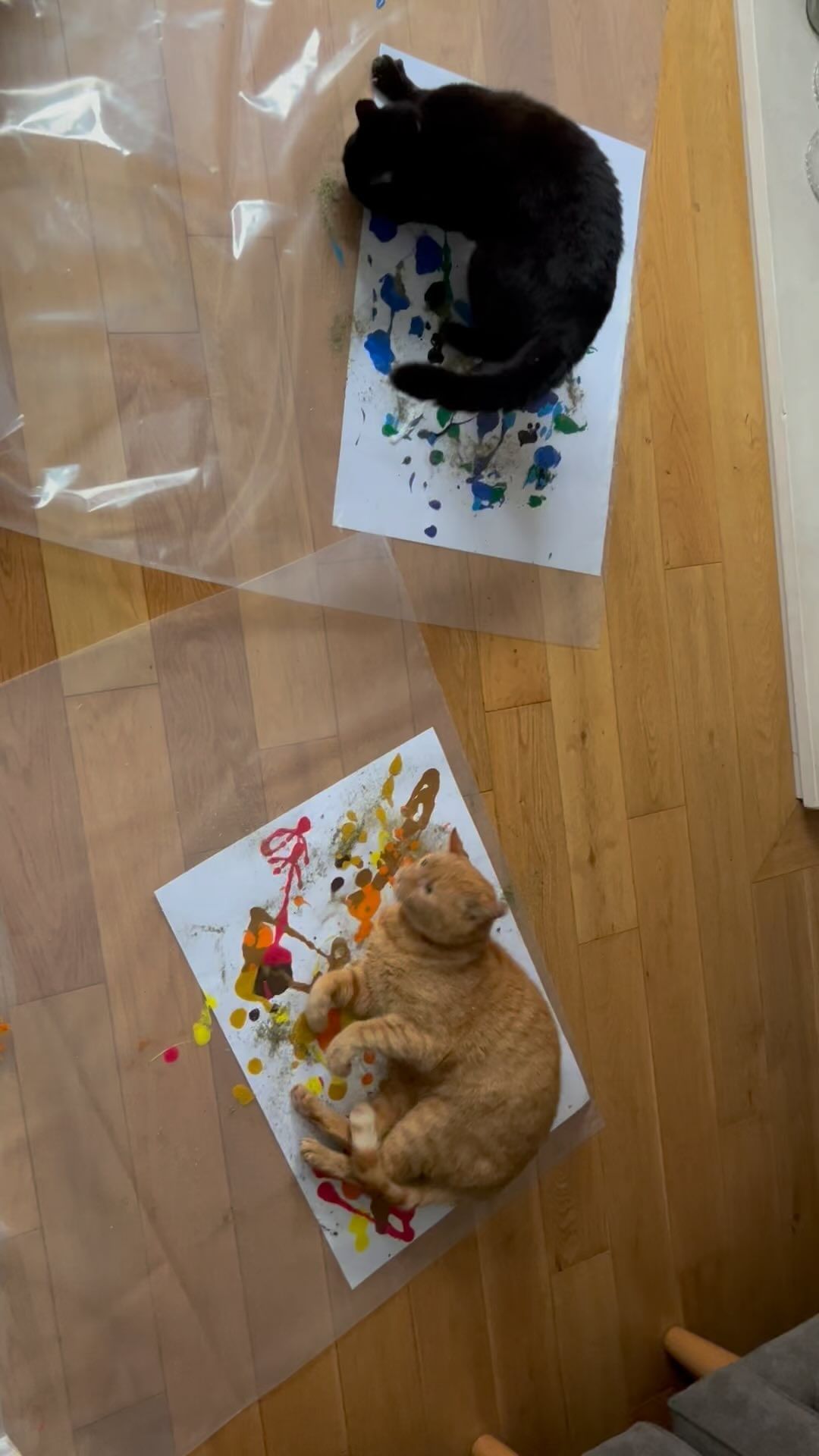What is Halloween?
As it exists today in the United States, Halloween is a holiday when we can all indulge in the darker, creepier side of life and eat loads of candy. It’s a lot of fun, a little spooky, and anything but serious. Historically, however, the holiday was religious in nature and extremely significant to the culture of the people who celebrated it.
What does the word “Halloween” mean?
“The word, ‘Halloween,’ is a contraction of the Scottish term ‘All Hallows’ Eve,’ which simply described the night before All Saints Day,” says Brian Sterling-Vete, PhD, historian, Halloween expert, and author of Paranormal Investigation: The Black Book of Scientific Ghost Hunting and How to Investigate Paranormal Phenomena. The first records we have of it being used this way date back to around 1555 AD.
All Saints Day started with early Christianity. In the eighth century, Pope Gregory III moved the feast of All Martyrs’ Day from May 13 to November 1 and turned it into All Saints’ Day. Then, in 1000 A.D., the Catholic Church added All Souls’ Day (which focuses on praying for the dead) on November 2. The evening before was subsequently called All Hallows’ Eve…and then Halloween.
When is Halloween?
In America, Halloween is always celebrated on October 31. Countries that celebrate Halloween as we do, like Canada, share the same day. However, not everyone is as Halloween-obsessed as Americans.
In England, Halloween is generally not celebrated at all. That was a result of the Protestant Reformation. Instead, the United Kingdom celebrates a completely unrelated holiday around this time (on November 5th, to be precise): Guy Fawkes Day, which revolves around the execution of an infamous traitor, features bonfires, burning effigies, and fireworks.
In Mexico, people celebrate Día de los Muertos, the Day of the Dead. While it takes place from October 31 to November 2, it is very different in tone from Halloween. Yes, people do dress up as colorful skeletons and celebrate in the streets, but the point is to honor the dead and welcome their spirits back to Earth during this time, not to be fearful of them. To celebrate, people also adorn the graves of their ancestors with decorations and offer food to let them know that they haven’t forgotten them.
Why do we celebrate Halloween on October 31?
Halloween origin traces back to Gaelic and Celtic rituals dating back at least 2,000 years and it is from these we get the date and many of the ways we celebrate it.
The Gaelic festival of Samhain was traditionally held on the 1st of November to mark the official end of the harvest season and the beginning of winter. The celebrations always began the evening before, on the 31st of October, about halfway between the autumn equinox and winter solstice, says Sterling-Vete.
It also draws from the three-day pagan religious festival celebrated by the Celts around October 31 to honor the harvest and prepare for “the dark half of the year.”
Carving Jack-o’-lanterns
Around 1895 it became traditional to carve Jack-o’-lanterns with ghoulish faces. They were originally carved from turnips (neeps) in the U.K. but pumpkins were substituted in the United States. Once carved, they were turned into lanterns and were carried by “guisers” to ward off any evil spirits and because in Christian folklore they represent a soul who has been denied entry into both heaven and hell, Sterling-Vete explains. Thankfully, we no longer carry them around with us (freeing up kids’ hands for more candy!).
Trick-or-treating
Roaming bands of costumed kiddos going door-to-door begging for candy is probably the most time-honored Halloween tradition. This custom is directly related to what is called guising, because of the disguises or costumes worn to hide from evil spirits and can trace its origins back to 16th century Scotland, says Sterling-Vete. The phrase “trick or treat” is meant to jokingly scare the homeowners into giving treats or small toys.
Decorating with skulls, skeletons, and ghosts
Fake human bones are often displayed in silly ways on Halloween but they are a remnant of the ancients’ very serious fixation on the dead returning on October 31st—whether in spirit or with whatever is left of their mortal bodies. The imagery of the skull may also refer to the Christian tradition of Golgotha, or Calvary, the hill on which Jesus was crucified. “The skull serves as a reminder of death being ever-present amidst life, and of our short and transitory human existence,” says Sterling-Vete.
Avoiding black cats, scarecrows, witches
“Bogies” or evil spirits were a fixture in the Halloween origin and they live on today in the form of black cats, witches, and other things seen as omens or personifications of that evil. Scarecrows aren’t just used to scare birds away but evil spirits as well on Halloween. Start with these DIY Halloween decorations for the spookiest holiday ever.
Courtesy Readers Digest







